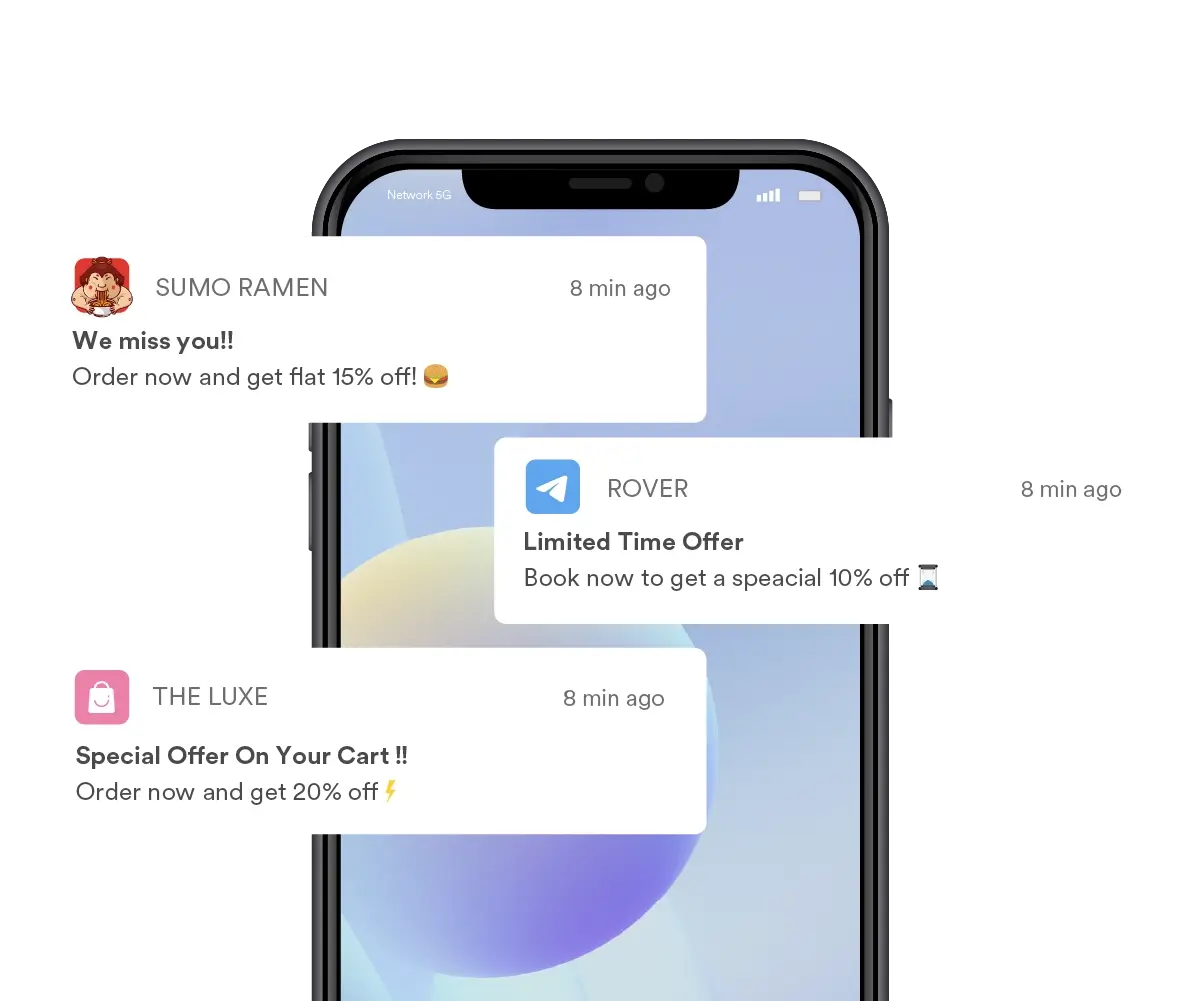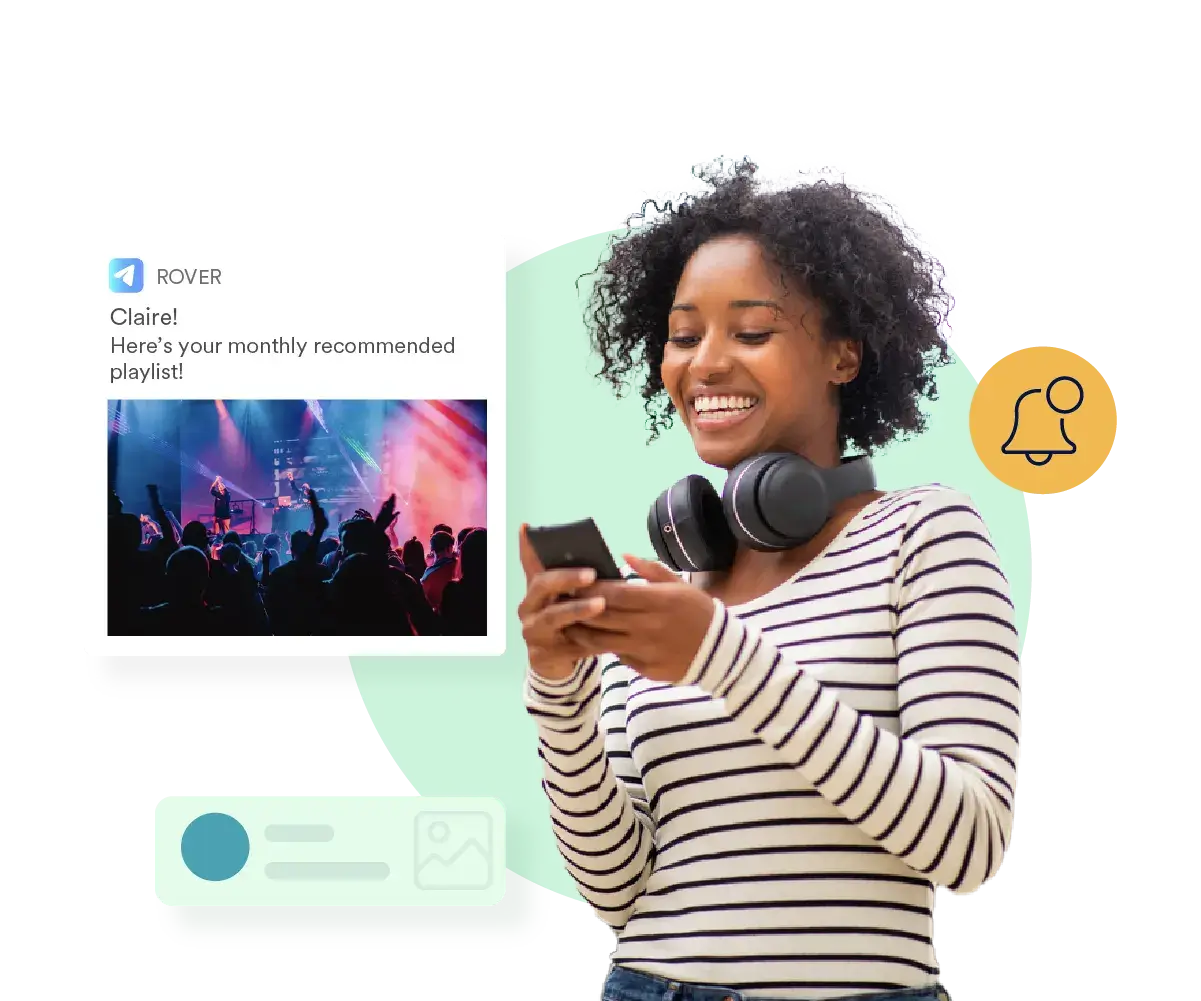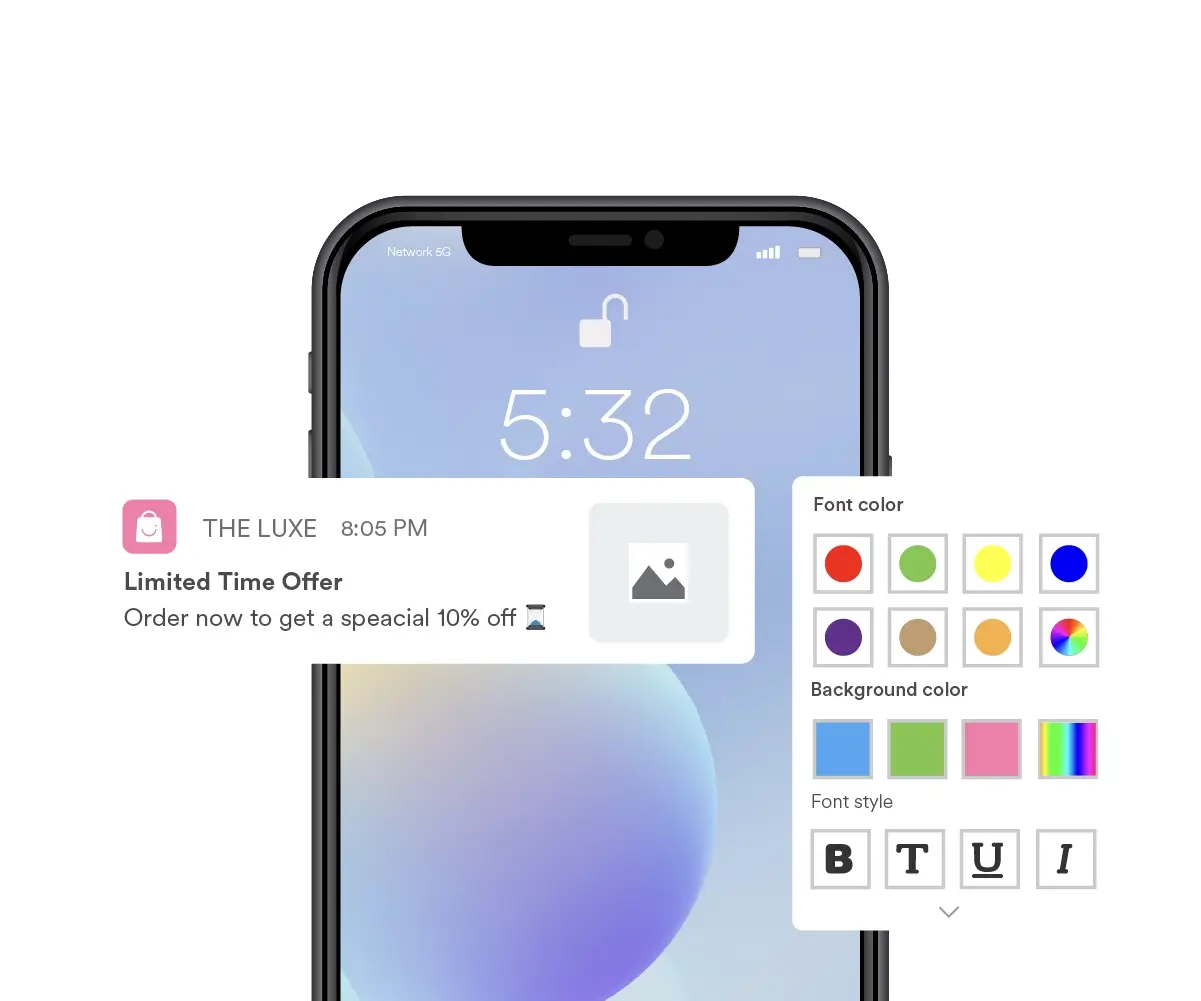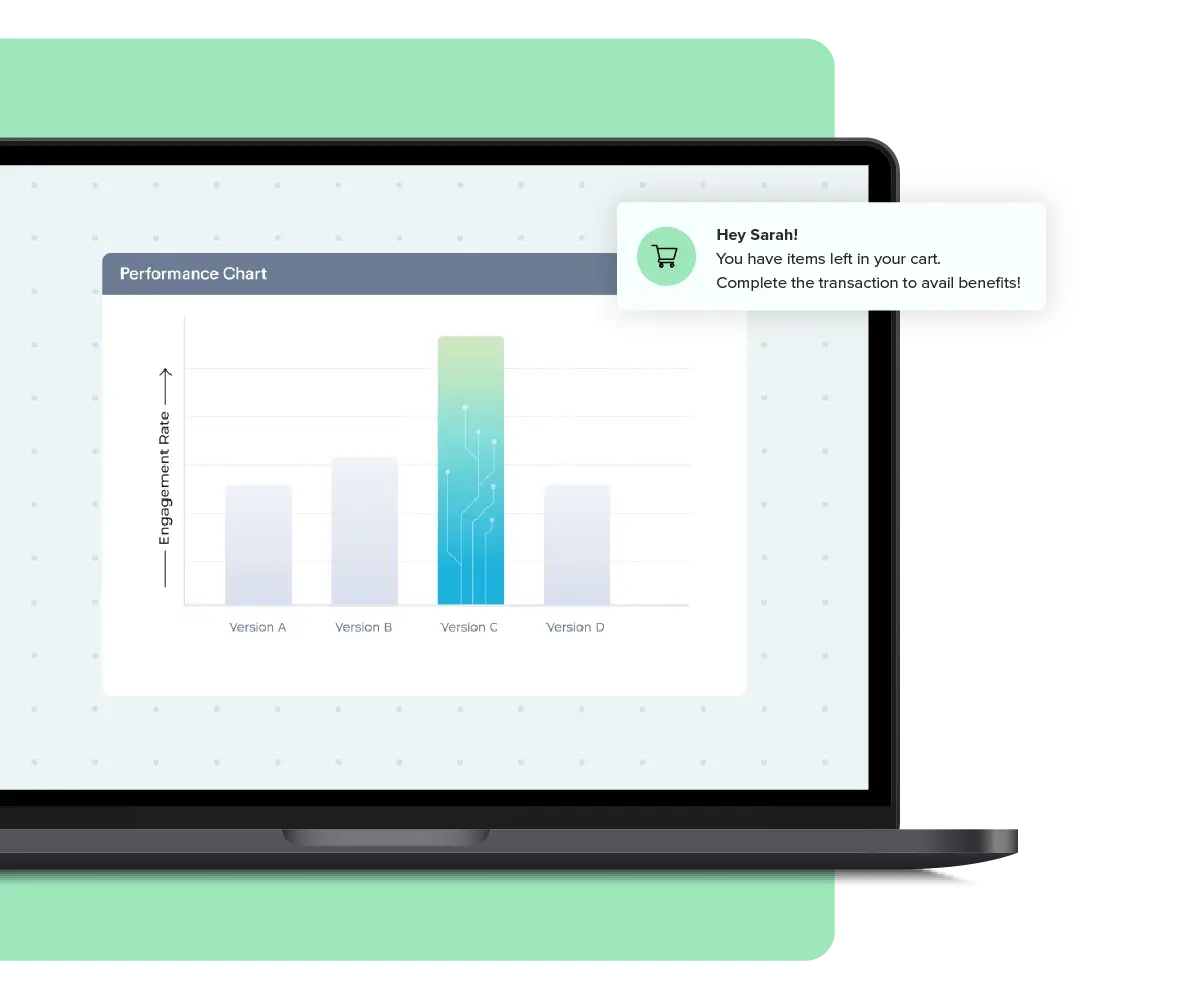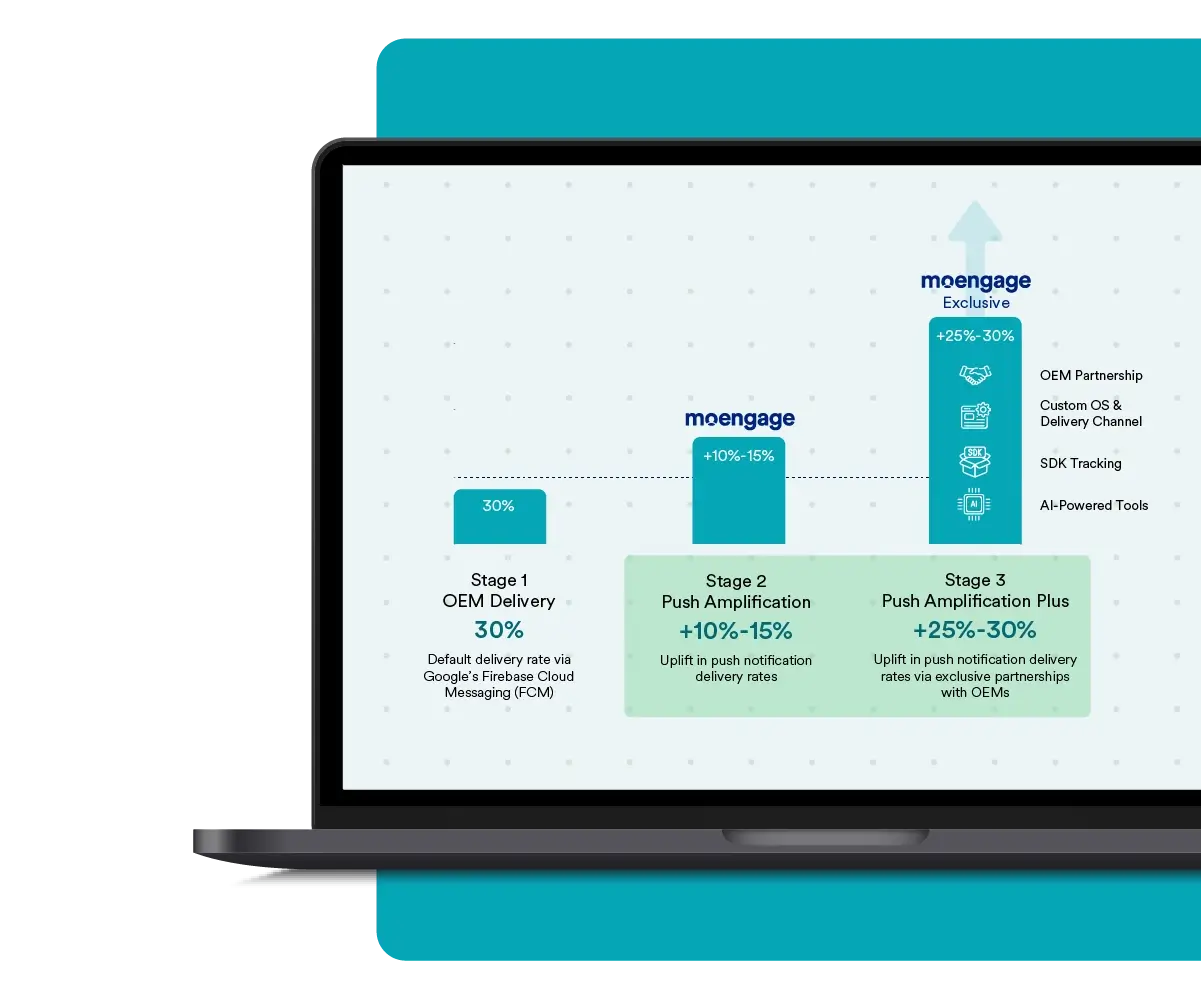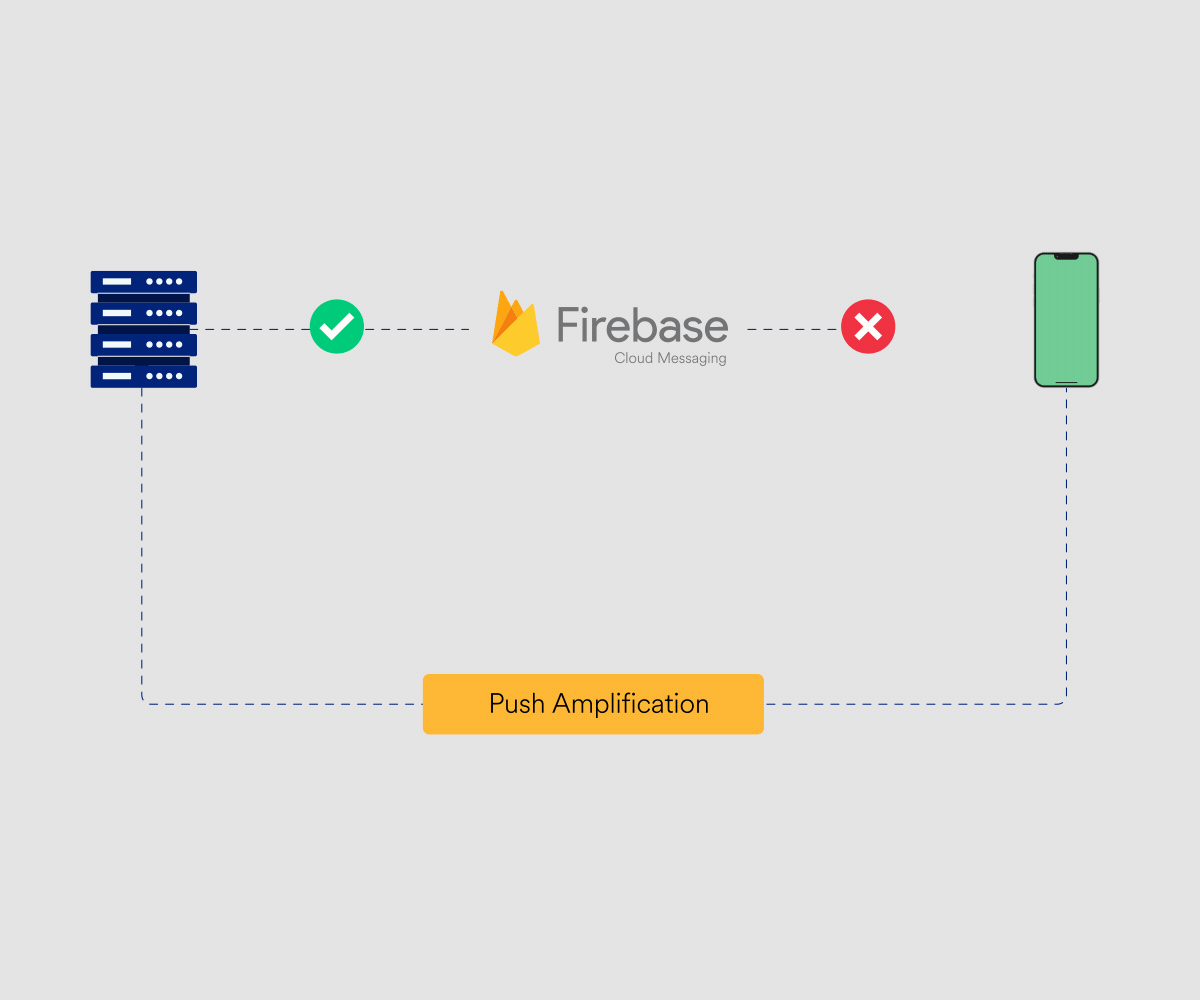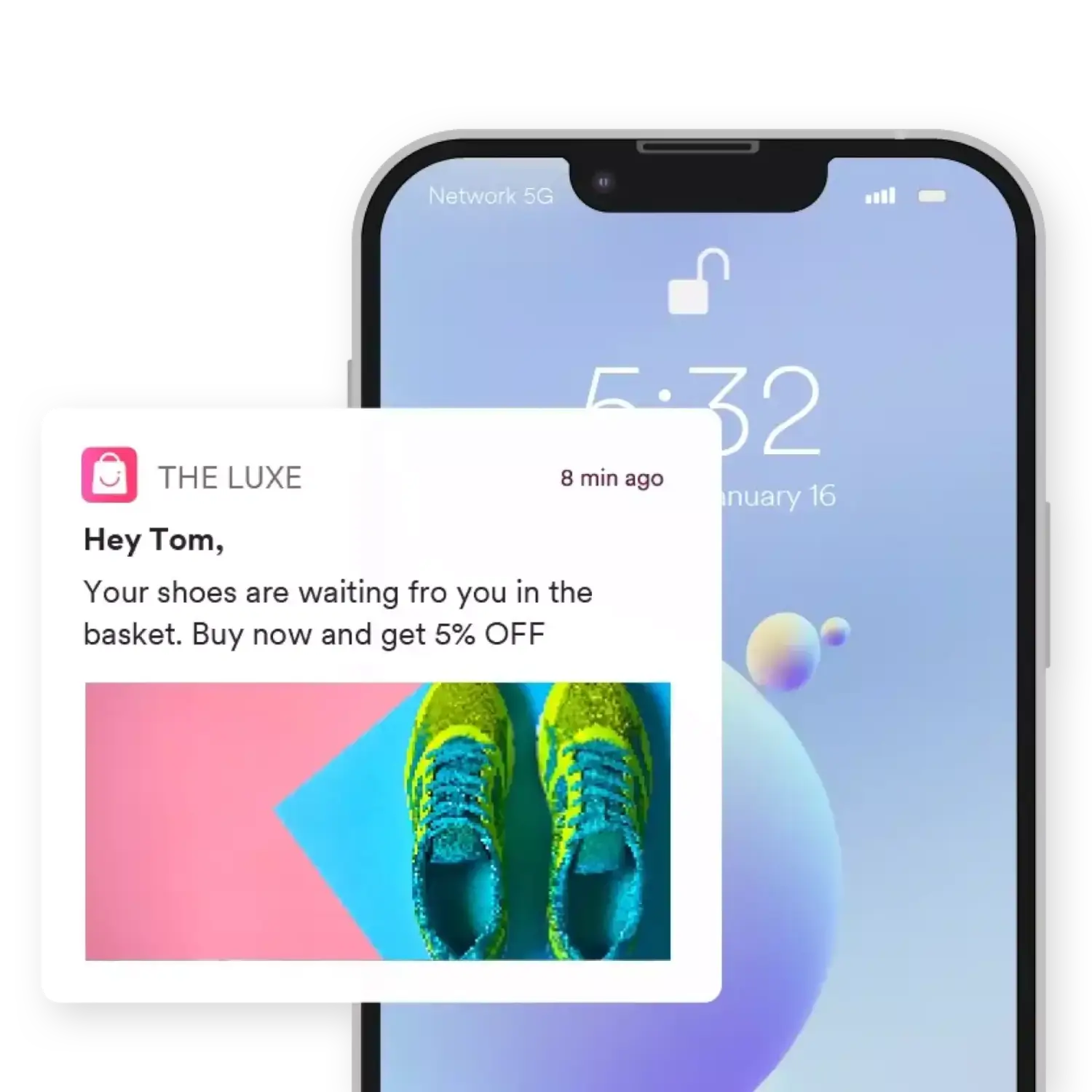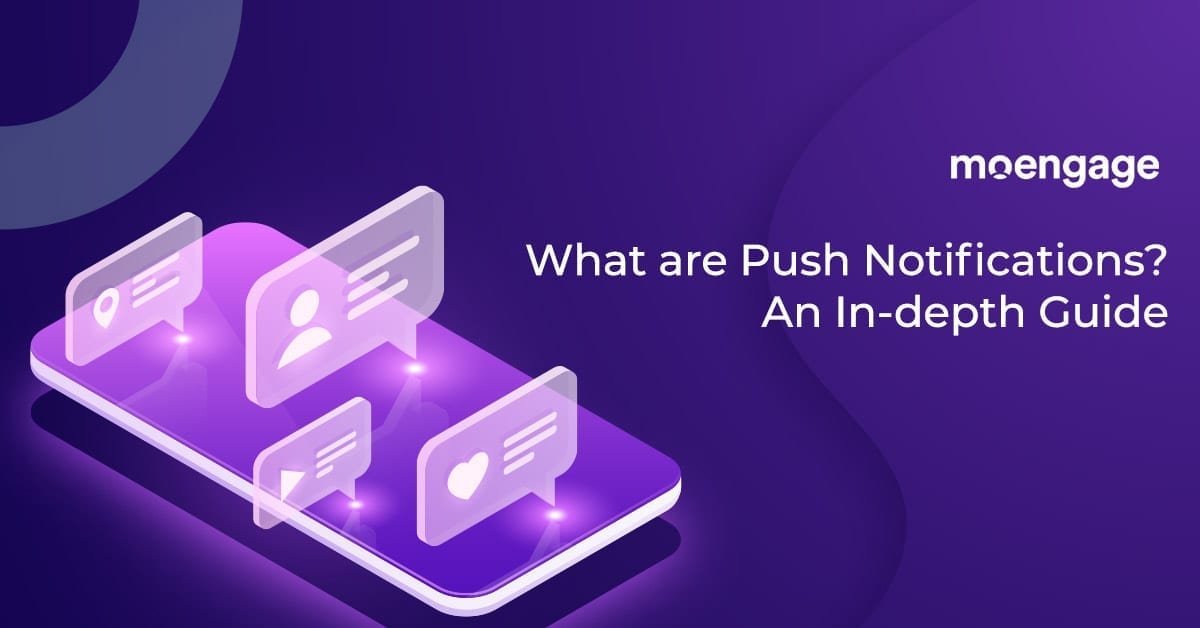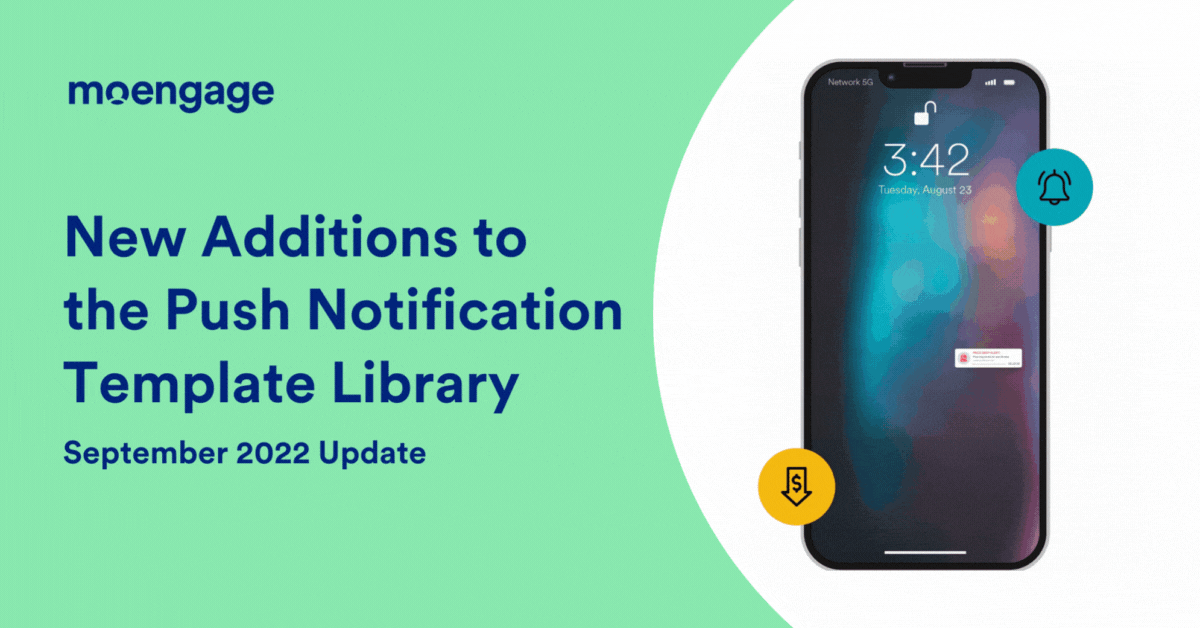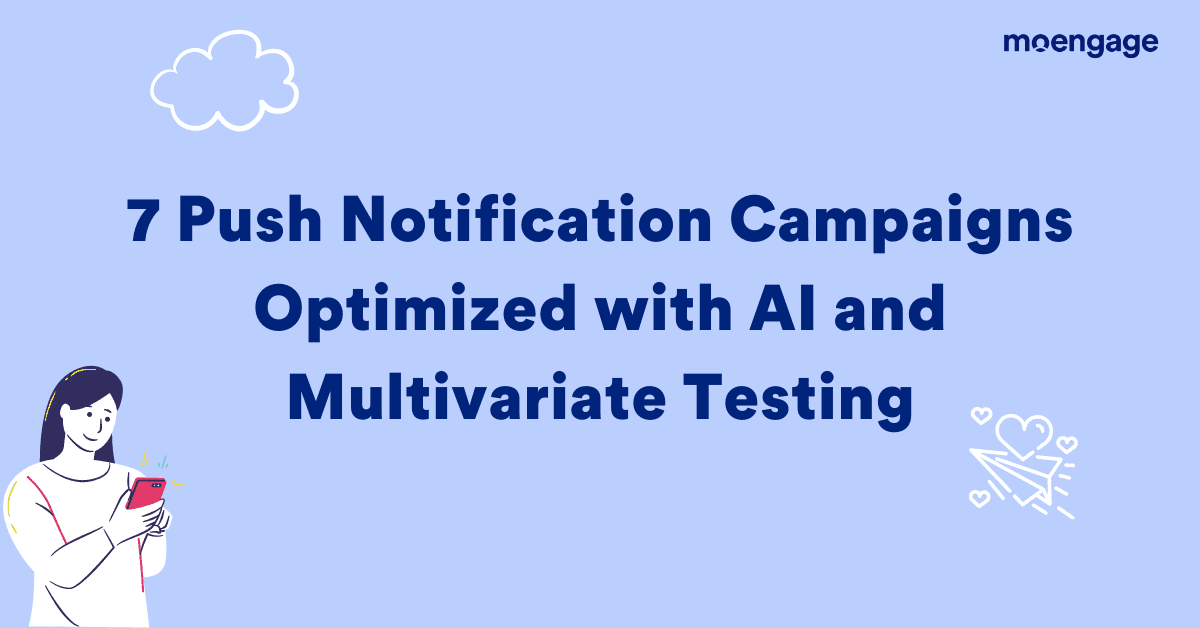Push notification messages pop up on smartphones, even when the app is closed. These are usually controlled by the app publishers and can be used for user retention, promotions, or even sending relevant transactional messages across.
Some of the factors that can influence the success rate of push notifications include:
- The mobile device operating system for push notification service. Android, iOS, Fire OS – each has a different system for such messages.
- The app publisher and the Operating System Push Notification Service (OSPNS).
- The OS app installed on the mobile device.
After this, the app publisher registers with the OS push notification service. The OS service provider gives an Application Programming Interface or API that enables the app to show notifications. The app publisher then adds the SDK to the app code library and uploads it to the store.
Once this setup has been completed, the app publisher can use an intuitive composer to send automated messages to specific mobile app users. The app publisher can segment and automate messages based on user engagement, active and new customers, time zones, location, services preferred, etc.
This can be done either by themselves, or app publishers can choose MoEngage to glean the benefit of push notifications. MoEngage also provides security, reporting and analytics, automation, user segmentation and personalization, and AI optimization for higher conversion rates via push notifications.

